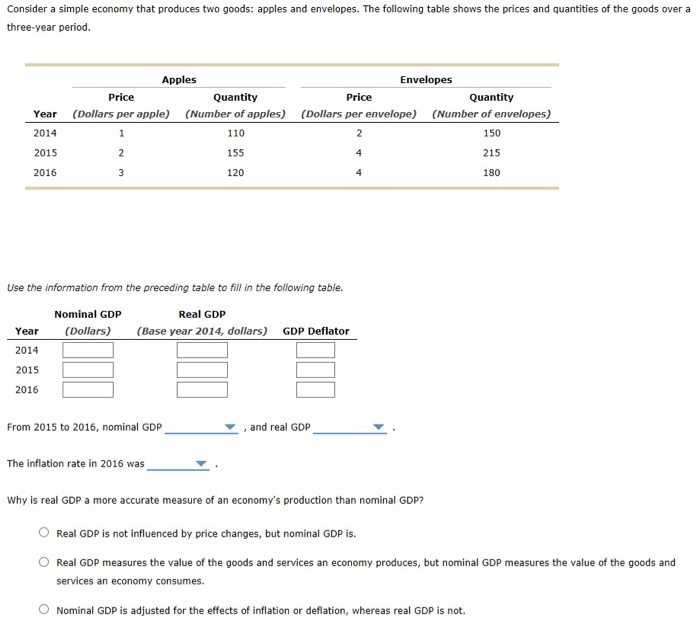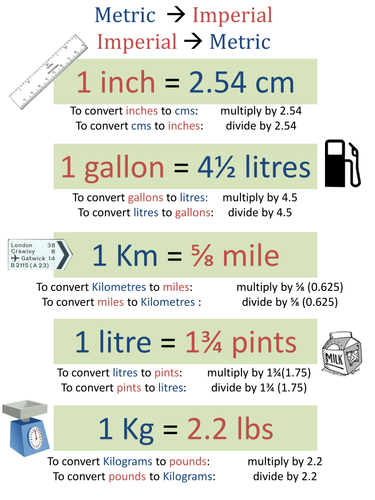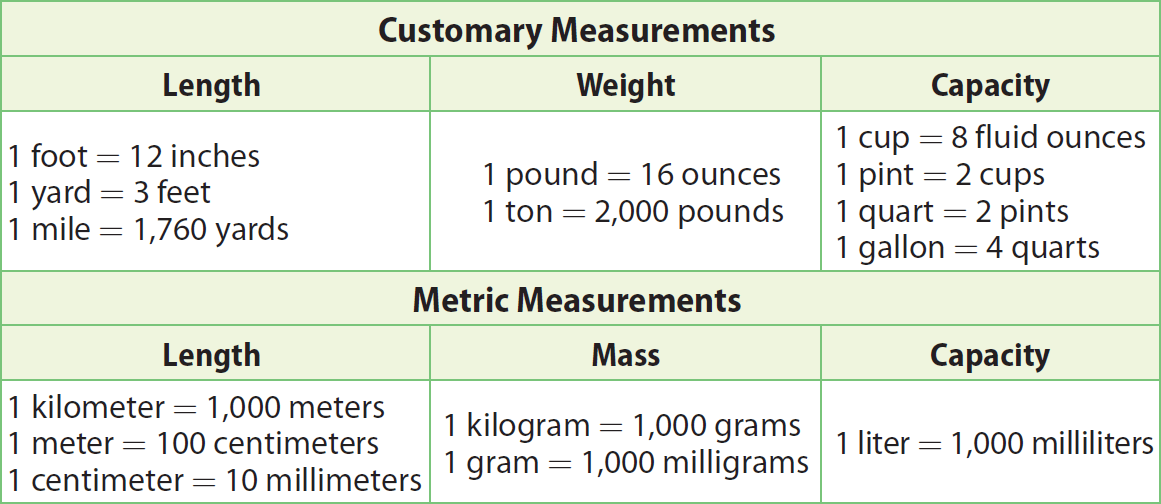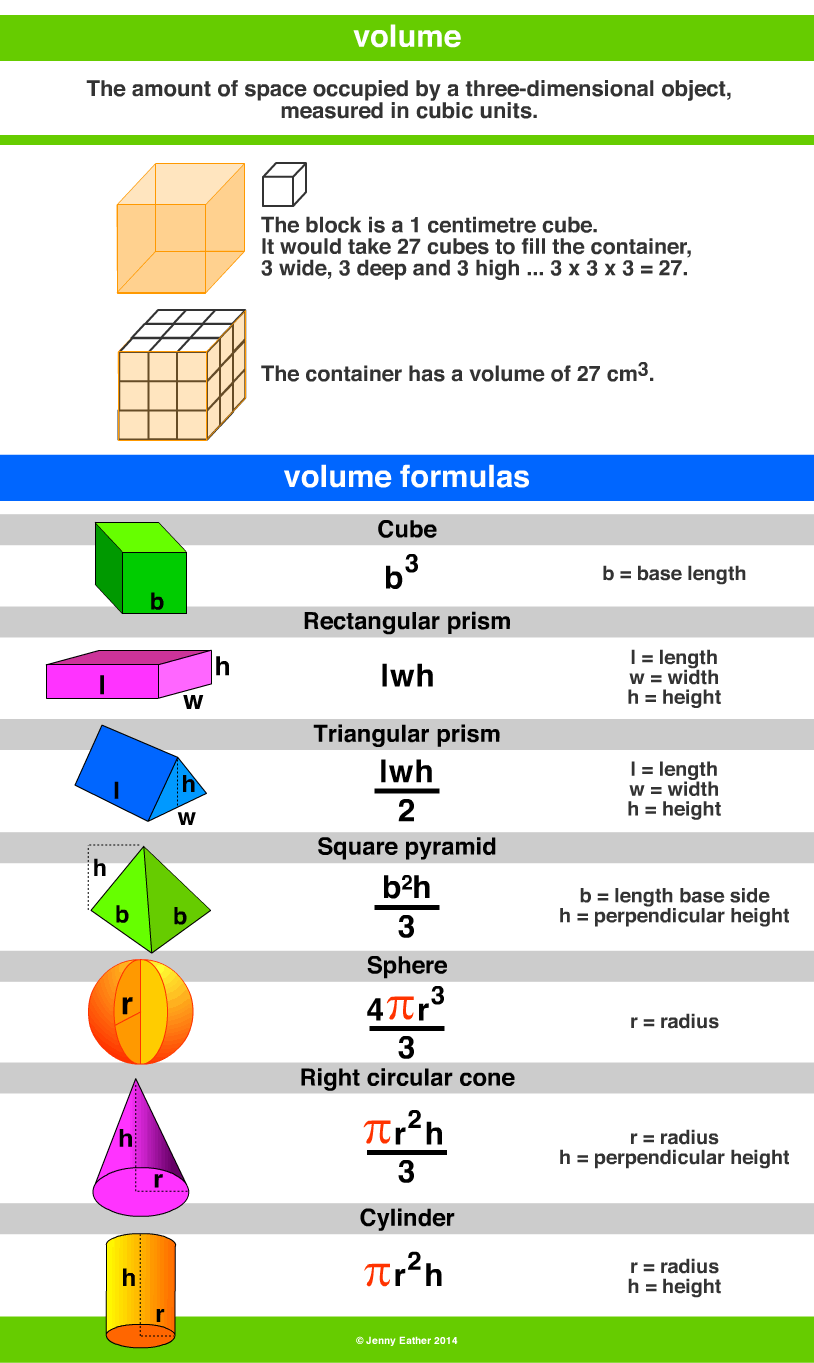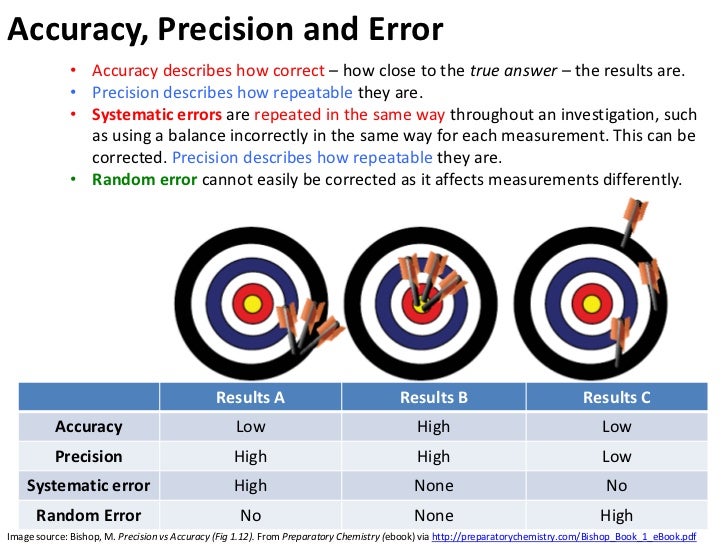Weight And Measures Presentation
| Introduction to Weight and Measures | ||
|---|---|---|
| Weight and measures are essential for accurate quantification and comparison of physical quantities. These standards ensure consistency and uniformity in various fields such as science, commerce, and industry. Understanding weight and measures is crucial for everyday tasks like cooking, shopping, and construction. | ||
| 1 | ||
| Importance of Standardization | ||
|---|---|---|
| Standardization of weight and measures enables fair trade and commerce by establishing a common language for transactions. It ensures accuracy and reliability in scientific experiments and research. Standardization also facilitates international trade, as it allows for seamless exchange of goods and services between countries. | ||
| 2 | ||
| Weight Measurement Systems | ||
|---|---|---|
| The most commonly used weight measurement systems are the metric system and the imperial system. The metric system is based on units such as grams, kilograms, and metric tons. The imperial system, primarily used in the United States, employs units like ounces, pounds, and tons. | ||
| 3 | ||
| Conversion Between Metric and Imperial Systems | ||
|---|---|---|
| To convert between metric and imperial systems, specific conversion factors are used. For example, to convert kilograms to pounds, multiply the weight in kilograms by 2.2046. Conversely, to convert pounds to kilograms, divide the weight in pounds by 2.2046. | ||
| 4 | ||
| Length Measurement Systems | ||
|---|---|---|
| Similar to weight, there are different measurement systems for length, including the metric and imperial systems. The metric system uses units such as millimeters, centimeters, meters, and kilometers. The imperial system employs units like inches, feet, yards, and miles. | ||
| 5 | ||
| Conversion Between Length Measurement Systems | ||
|---|---|---|
| To convert between metric and imperial length units, specific conversion factors are utilized. For instance, to convert inches to centimeters, multiply the length in inches by 2.54. To convert centimeters to inches, divide the length in centimeters by 2.54. | ||
| 6 | ||
| Volume Measurement Systems | ||
|---|---|---|
| Volume refers to the amount of space occupied by an object. The metric system uses units like milliliters, liters, and cubic meters for volume measurement. The imperial system utilizes units such as fluid ounces, pints, quarts, and gallons. | ||
| 7 | ||
| Conversion Between Volume Measurement Systems | ||
|---|---|---|
| Converting between metric and imperial volume units requires specific conversion factors. To convert liters to gallons, multiply the volume in liters by 0.2642. To convert gallons to liters, multiply the volume in gallons by 3.7854. | ||
| 8 | ||
| Importance of Accuracy in Measurement | ||
|---|---|---|
| Accurate measurement is crucial to ensure precise results in scientific experiments and research. In industries like construction and manufacturing, precise measurements guarantee quality and safety. Accurate weight and measures also prevent fraudulent practices and ensure fair trade. | ||
| 9 | ||
| Conclusion | ||
|---|---|---|
| Weight and measures play a vital role in various aspects of our lives, such as cooking, shopping, and scientific research. Understanding different measurement systems and their conversions enables effective communication and accurate quantification. By adhering to standardized weight and measures, we ensure fairness, reliability, and consistency in various fields. | ||
| 10 | ||
